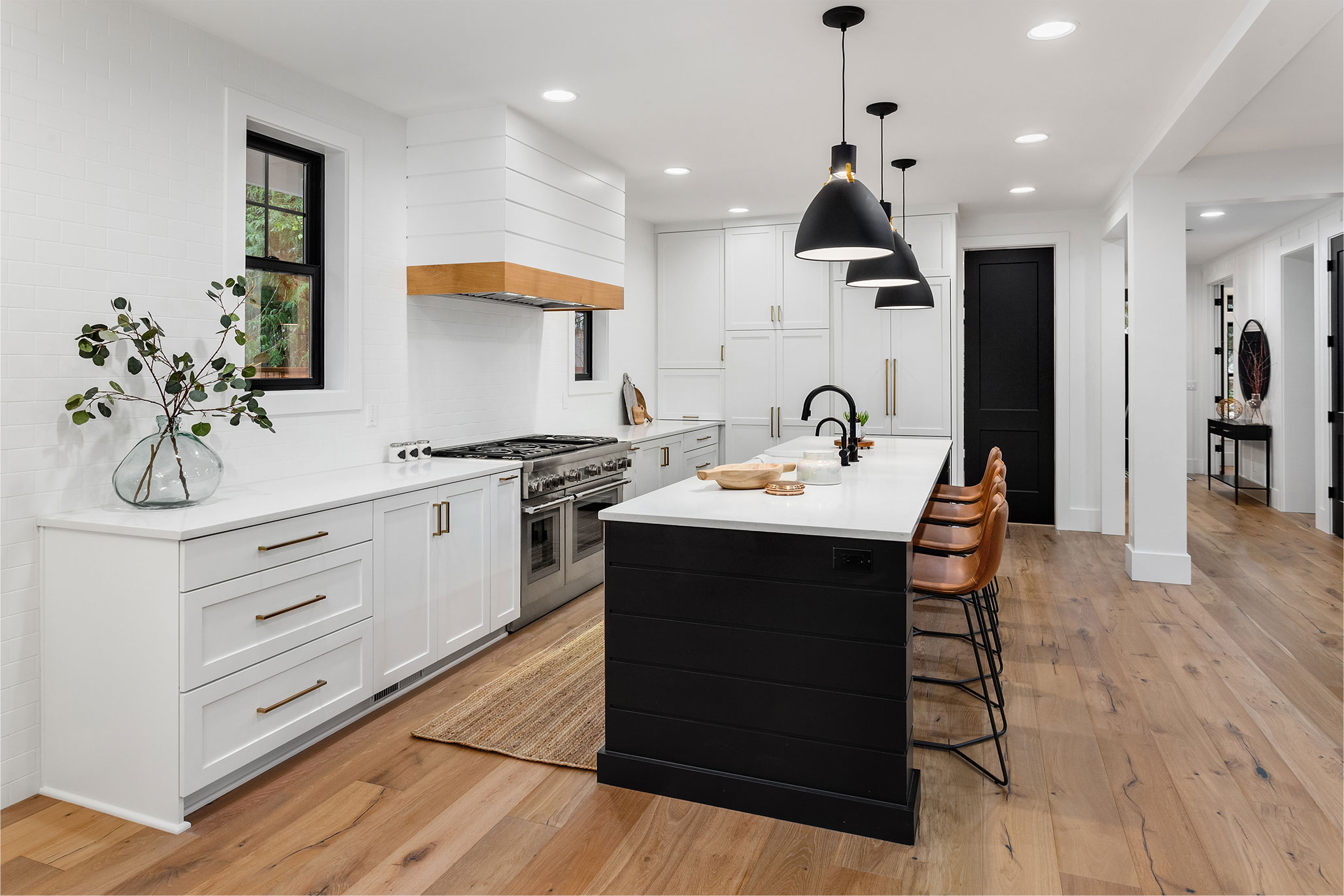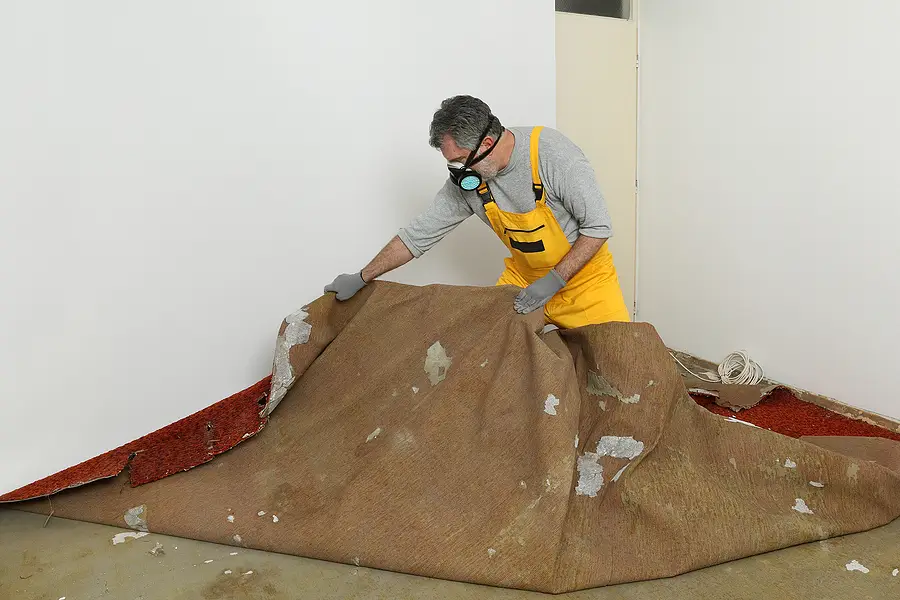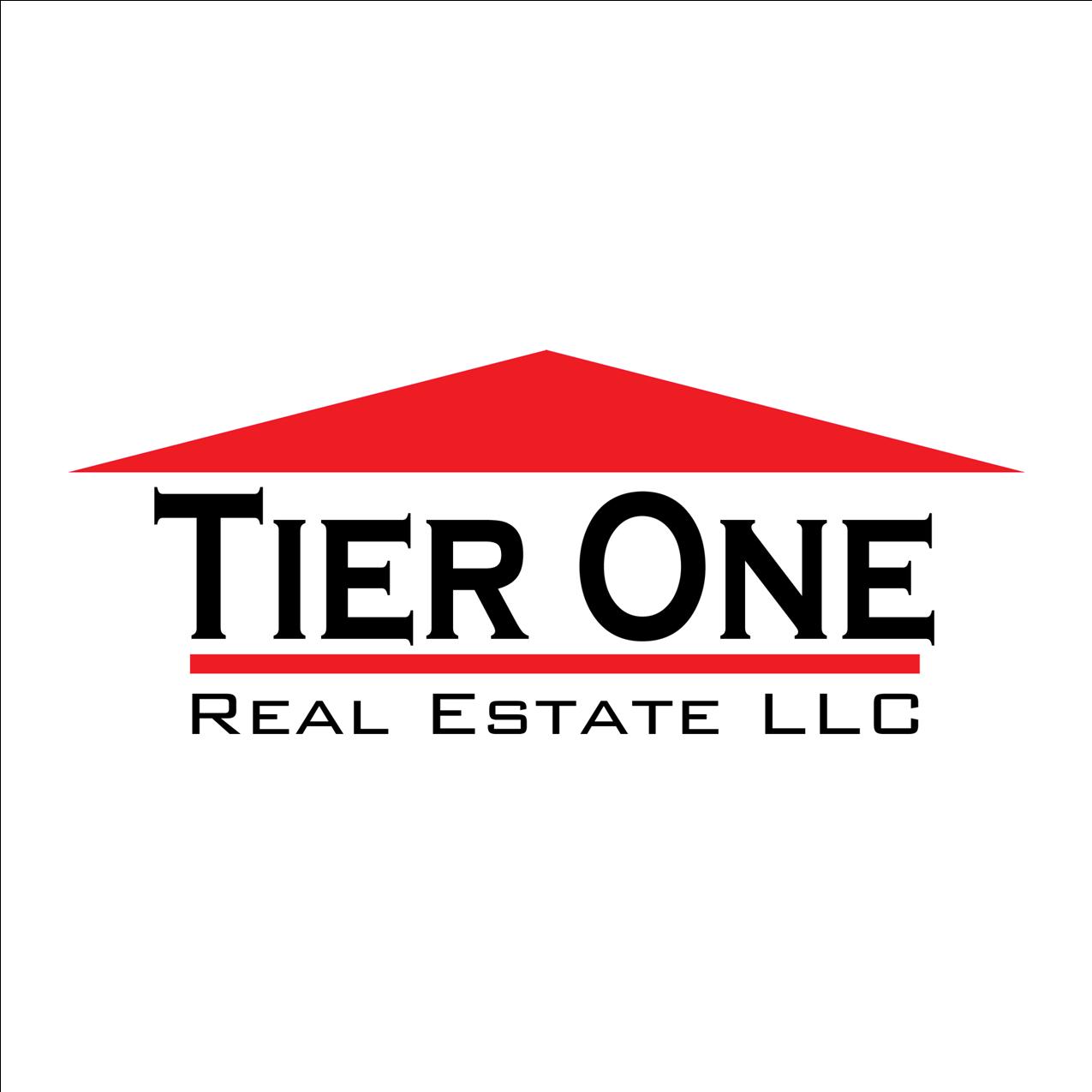Carpets in rental properties typically last between 8 to 10 years, depending on quality and foot traffic. Replacing carpets can cost landlords and rental property investors anywhere from $1,500 to $3,000 for an entire unit, making it a significant expense. This puts landlords in a tough spot when carpets show signs of wear after a tenant moves out.
Determining whether the carpet damage is considered normal wear and tear or caused by tenant misuse isn’t always clear-cut. You might often wonder, “Am I allowed to deduct replacement costs from the tenant’s security deposit?” or “What’s considered fair under Utah landlord-tenant laws?”
This guide will clarify the rules around carpet damage, help you identify what counts as normal wear, and provide steps to manage replacement costs effectively and fairly.
Landlord Carpet Replacement Laws in Utah
Can a landlord charge tenants for carpet replacement? Understanding Utah’s landlord-tenant laws is crucial when deciding this. Here are key considerations regarding what’s allowed and how to approach these rules effectively.
A. Damage Must Be Tenant-Caused
Tenant-caused damage refers to damage that goes beyond normal use and is typically the result of neglect, accidents, or misuse. In these cases, landlords can charge tenants for the cost of repairs or replacement, such as:
- Large Stains: Spills from food, drinks, or other substances that aren’t promptly cleaned and become permanent.
- Burns: Damage from cigarettes, candles, or other heat sources that leave visible marks.
- Pet Urine and Stains: If pets urinate or vomit on the carpet and it soaks into the padding, professional cleaning may not be enough to remove pet stains and restore the carpet.
- Cuts or Tears: Deliberate or careless actions, such as using sharp objects on the carpet or dragging heavy furniture, causing rips or holes.
For these situations, tenants can be held responsible, and landlords may deduct the associated costs from the tenant’s security deposit.
B. You Have a Clear Lease Agreement
A well-written rental agreement is essential for defining the roles and responsibilities of tenants and landlords regarding carpet care and potential replacement costs. The lease should clearly outline tenant responsibilities regarding carpet care:
- Define Tenant Responsibilities: Clearly state what is expected of tenants to maintain the carpet in good condition during their tenancy, such as routine cleaning, prompt stain removal, pet care, and damage prevention.
- Specify Prohibited Actions: Outline actions that tenants should avoid to prevent damage to the carpet. By detailing prohibited actions, tenants are more aware of how their activities can directly affect the condition of the carpet and their financial liability.
- Address Professional Cleaning: Include a clause about professional cleaning at the end of the lease. This ensures the carpet is returned to its original condition, aside from normal wear and tear.
C. Discuss Security Deposit Deductions
You can also deduct the cost of professional cleaning and carpet replacement from the security deposit if the tenant doesn’t fulfill their responsibility for carpet care. Some landlords confuse cleaning with replacement, so here's a quick guide:
- Routine Cleaning: If the carpet is dirty but undamaged, tenants can be charged for professional cleaning but not replacement.
- Replacement: If the damage is severe and the carpet cannot be salvaged, replacement is the next step.
Key Factors Influencing Carpet Replacement Costs
Here are the factors that influence carpet replacement costs to ensure fair charges for tenants and compliance with local regulations:
1. Carpet Lifespan and Depreciation
Carpets in rental properties have a limited lifespan, usually ranging from 8 to 10 years, depending on the quality. Higher-quality carpets tend to last longer and maintain their appearance better than budget options.
Foot traffic can also affect a carpet’s lifespan. Areas with heavy use, such as hallways and living rooms, experience more wear and tear, reducing the carpet’s life expectancy.
You must also consider the local conditions of the area. In Salt Lake City, UT, outdoor elements like snow, dirt, and salt tracked indoors can accelerate carpet wear.
2. Original Cost vs. Remaining Value
When charging tenants for carpet replacement, you must consider the original cost and how much of the carpet’s value has already been used. Tenants cannot be held accountable for normal wear and tear or the natural aging of the carpet.
Landlords should assess the carpet’s condition at move-in and move-out to determine how much damage exceeds normal wear.
For example, a carpet installed 7 years ago, with a lifespan of 10 years, has 3 years of useful life left. If the total replacement cost is $2,000, the tenant is responsible for 30% of the cost, or $600.
3. Extent of Damage
The extent and type of carpet damage heavily influence whether landlords can charge for full or partial replacement. Generally, you can only charge for carpet replacement for excessive damage.
The extent and type of carpet damage heavily influence whether landlords can charge for full or partial replacement. Generally, you can only charge for carpet replacement for excessive damage. You can also charge for partial replacement if the damage is localized.
For example, a tenant causes a large stain in the living room, but the bedroom carpets remain in good condition. You may only replace the living room carpet and charge accordingly.
How to Avoid Disputes Over Carpet Charges?
Disputes over carpet damage and replacement costs can be a headache for landlords, leading to frustrated tenants and, sometimes, even legal action. However, there are several steps you can take to avoid these conflicts and ensure a smoother process when handling carpet-related issues.
Move-In Inspections
The best way to avoid disputes is to start off on the right foot by documenting the carpet’s condition at the beginning of the lease. By documenting the carpet condition, you protect yourself from being unfairly blamed for damage that occurred before the tenant moved in, and it also gives the tenant proof that the carpet was in good condition when they took possession of the rental.
How to Do This: Take photos and videos, capturing close-up shots of any damage or issues. You must also write notes of any existing stains, wear, or other imperfections. Then, have the tenant review and sign an inspection report confirming the carpet's condition at the start of the lease.
Move-Out Inspections
Once the tenant moves out, conducting a thorough move-out inspection is crucial for assessing the carpet’s condition and determining if any damage requires repair or replacement. This provides transparency and clarifies the responsibility between landlords and tenants.
How to Do This: This inspection should be compared to the move-in documentation to identify differences. If you find any damage, give the tenant a chance to explain. Once you’ve completed the inspection, provide the tenant with a clear and detailed report showing what was found, how the charges are being calculated, and the security deposit balance, if applicable.
Maintain Clear Communication Throughout the Tenancy
Regularly communicating with tenants can prevent minor issues from turning into major disputes. When you communicate openly with tenants, they’re more likely to trust that charges are fair and reasonable. This can help build a positive landlord-tenant relationship, making the process smoother for everyone involved.
How to Do This: Periodically remind tenants of their obligations regarding carpet care, like routine carpet cleaning. If they report carpet damage or stains during their tenancy, address the issue promptly and fairly, and provide options for cleaning or repair.
Preserve Your Carpet Condition with Proactive Property Maintenance!
Managing rental properties in Salt Lake City comes with its fair share of challenges, especially when it comes to carpet care and handling tenant disputes over damage or replacement. At TierOne Real Estate LLC, we specialize in providing comprehensive services that help landlords avoid conflicts and protect their investment:
- Detailed Move-In and Move-Out Inspections
- Clear and Enforceable Lease Agreement Terms, including carpet care guidelines, pet policies, and damage and cleaning charges.
- Professional Carpet Cleaning Services through our trusted partners
- Expert Damage Assessment, such as carpet damage evaluation and pro-rated carpet replacement costs
- Tenant Dispute Resolution and Communication, including security deposit management
- Legal Compliance and Advice
- Carpet Replacement and Repair Coordination
- Proactive Property Maintenance, such as routine inspections and preventive measures.
You can have an expert property manager who can ensure that your rental unit in Salt Lake City is well-maintained and compliant with local laws and that you handle carpet replacement issues effectively and fairly. Our professional services make managing your rental property easier and more profitable.
Need expert advice on carpet replacement or other property management questions? Schedule a free consultation with us now to learn more about our services.
Related Articles
Easy Ways Landlords Can Stay Ahead of Property Maintenance Tasks
7 Things Salt Lake City Landlords Always Look for in a Rental Property Inspection



